Melbourne is ideal for home gardeners to explore the joy of vegetable gardening. If you’ve ever asked, “What vegetables can I grow now in Melbourne?” or wondered, “What vegetables can you grow in Melbourne in September?” this guide is for you. We’ll cover the South East Melbourne Planting Guide and include the easiest vegetables to grow in Melbourne.
Whether you’re a novice or a seasoned gardener, this vegetable planting chart for Melbourne will help you decide what to plant in Melbourne now. From the chilly winter to the warm summers, understanding what to plant each month is essential. So, let’s dive into the South East Melbourne Vegetable Planting Guide and discover the best vegetables to plant in different seasons.
Understanding the Importance of a Month-wise Growing Calendar for Vegetable Planting in Melbourne
A month-wise growing calendar for vegetable planting is critical for any Melbourne gardener. It answers questions like what to plant in May Melbourne and what vegetables I can plant in winter in Melbourne. With a reliable calendar, you know what to sow and when to ensure a successful harvest. The importance can’t be overstated, as it helps you maximize yield, save time, and reduce waste. It’s your one-stop guide to making the most of Melbourne’s unique climate.
Spring Vegetable Planting Chart for Melbourne: What to Plant and When
Spring in Melbourne is a great time to kickstart your vegetable garden. The weather is warming up, and the days are getting longer. For those asking what to plant in Melbourne now, in the spring months like September, consider starting with radishes, lettuce, and spinach. These veggies are simple to grow and fast to pick. You can also sow herbs such as parsley and chives. If you start early in the spring, you’ll have a good chance of enjoying a bountiful harvest by early summer.
In case you missed it: Exploring the Innovative Techniques of Australian Greenhouse Farming
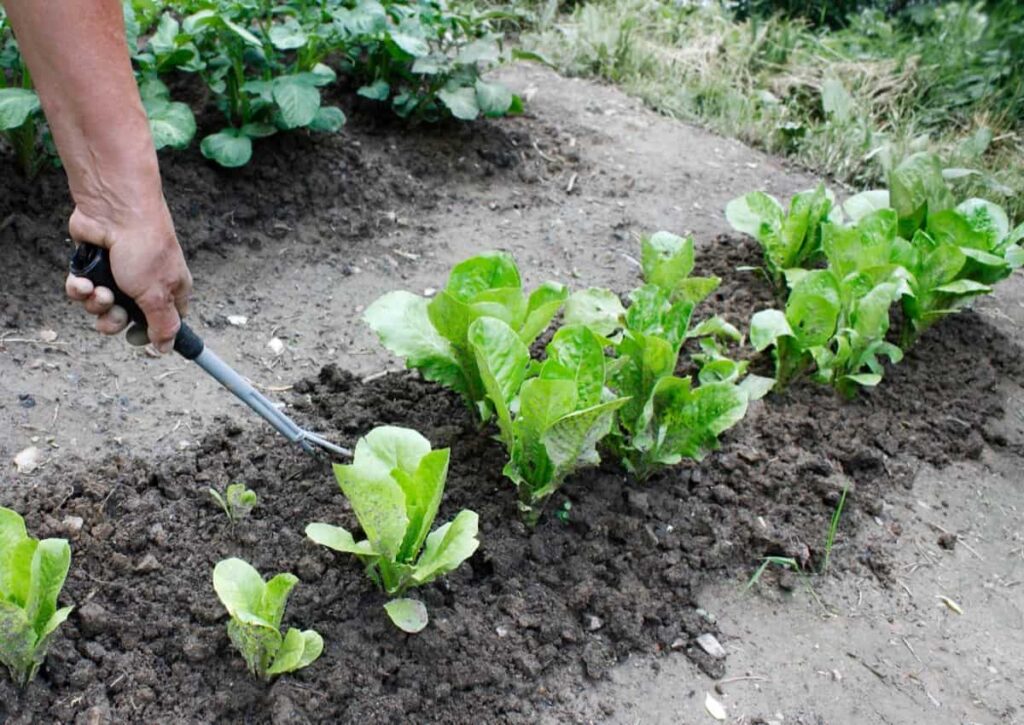
Summer Vegetable Planting Chart for Melbourne: Maximizing Your Harvest in the Hot Season
The key is choosing vegetables that can withstand the heat. Tomatoes, zucchini, and cucumbers are excellent choices for the hot months. If you’ve been wondering what vegetables I can grow now in Melbourne during summer, these are some solid options. However, be prepared to water your plants regularly to keep them hydrated. Also, consider growing heat-tolerant greens like Swiss chard and kale. The goal is to maximize yield while navigating the challenges of summer gardening.
In case you missed it: How to Grow Tomatoes in Australia from Seed: Best Time to Plant in Pots, the Backyard at Home for Sydney, Melbourne, and Victoria
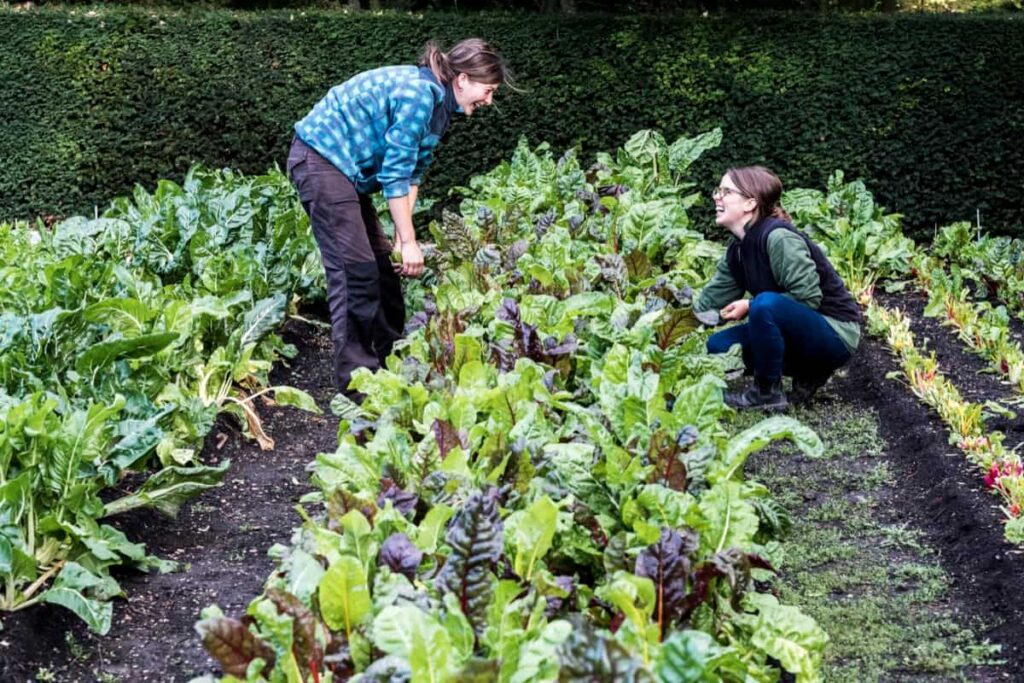
Autumn Vegetable Planting Chart for Melbourne: Extending Your Growing Season
If you’re thinking about what to plant in Melbourne in autumn, look no further than root vegetables like carrots and beets. They’re great for colder seasons and will be ready to pick in late winter. Leafy greens like spinach and arugula also do well in the fall. If you’ve been looking for what to plant in May in Melbourne, this is the time to consider garlic and onions for a winter harvest. Autumn’s moderate temperatures and adequate rainfall make it an ideal time for planting these vegetables.
In case you missed it:
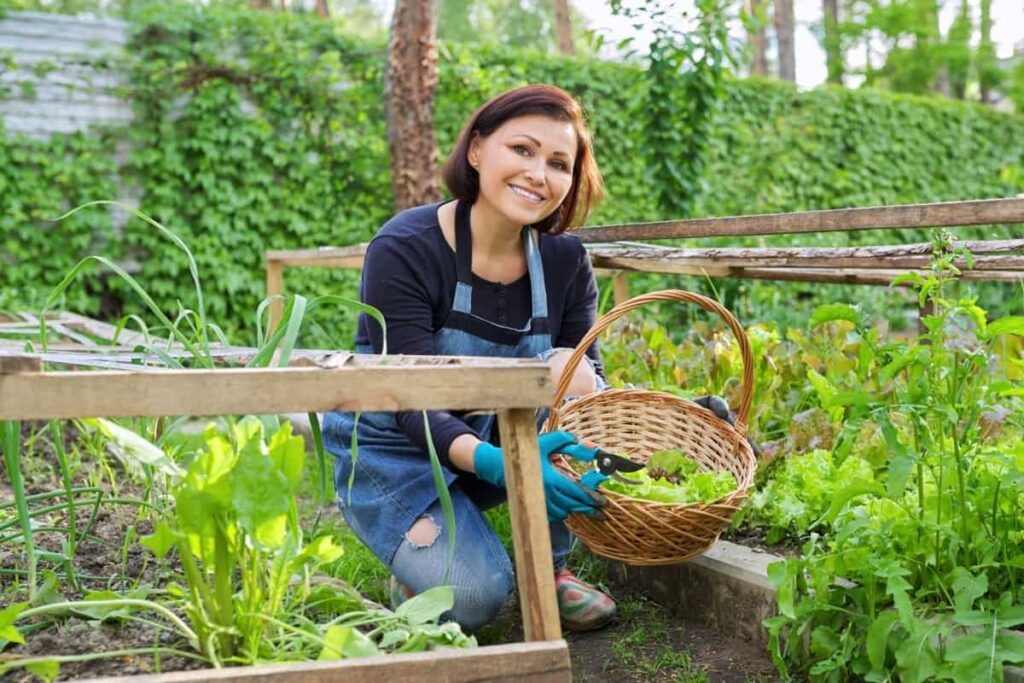
Winter Vegetable Planting Chart for Melbourne: Cold-Weather Crops and Tips for Success
If you’re wondering what vegetables I can plant in winter in Melbourne, some of the best options include kale, broad beans, and peas. These plants are hardy enough to survive the cold temperatures and still provide a good yield. Green leafy vegetables like silverbeet and mustard greens can also be grown successfully in winter.
In case you missed it: How to Start Hydroponic Farming in Australia: Scope, Types, Pros, and Cons
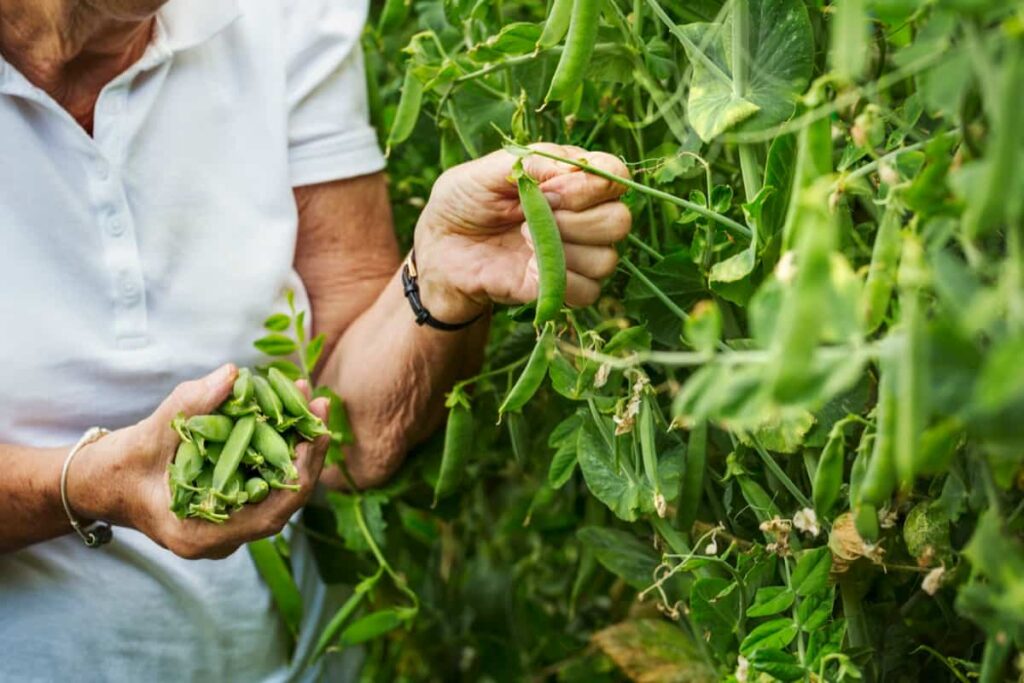
Remember that while Melbourne winters are relatively mild, it’s essential to use mulch to help retain soil moisture and regulate temperature; this practice can also help prevent frost damage to more delicate plants. Don’t overlook the power of a good winter garden, as it sets the stage for a productive spring.
January Vegetable Planting Guide for Melbourne: Starting the Year with Fresh Produce
January in Melbourne is part of the summer season, and the climate is warm, perfect for planting various vegetables. If you’re looking for what to plant in Melbourne now, consider options like corn, zucchini, and tomatoes. These summer-loving vegetables thrive in the heat and deliver high yields when properly cared for.
In case you missed it: Australia Vegetable Planting Calendar: Month-wise Chart, Dates Guide, Schedule for Climate-wise Regions
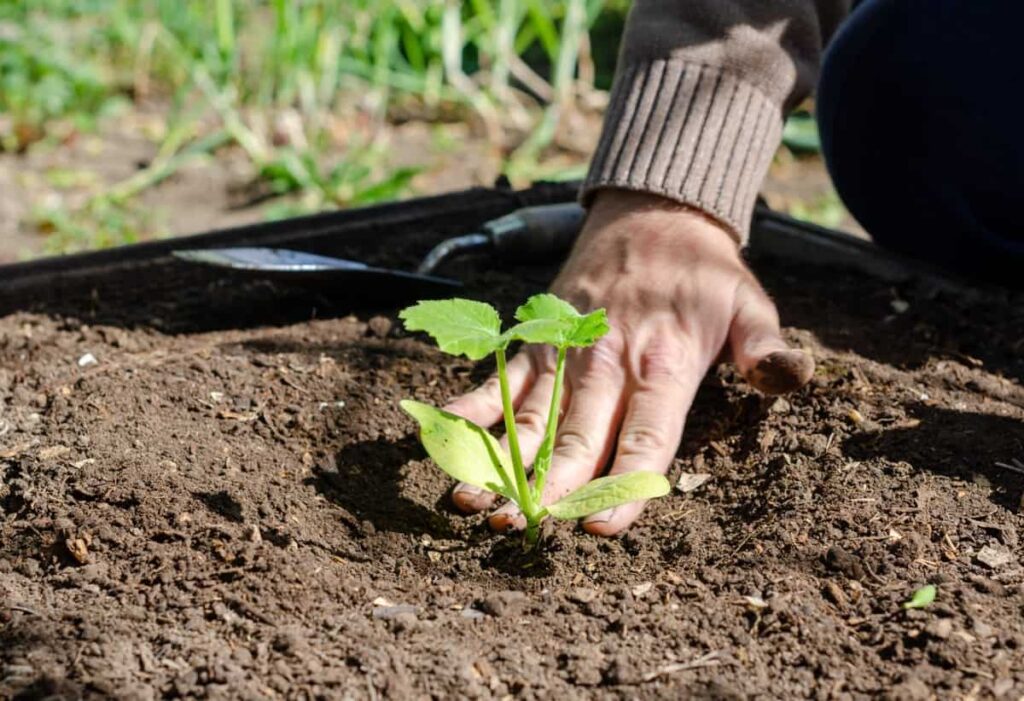
You can also grow herbs such as basil and dill, which thrive in hot weather. Monitor soil moisture, as the Australian sun can be harsh and dehydrate plants quickly. January is a good month for those new to gardening and want an easier experience, as the climate is forgiving for a wide range of vegetables.
February Vegetable Planting Guide for Melbourne: Preparing for the Transition to Autumn
February in Melbourne is a transitional month as the city moves from hot summer days to the milder autumn climate. It’s a good time to begin planting for the cooler months ahead. Look to root vegetables like beets and carrots, which can grow well in warm and cool temperatures. Leafy greens like lettuce and spinach can also be planted in February.
They’ll grow quickly in the warm weather but also tolerate the cooler nights that arrive as autumn approaches. Remember, February is about setting the stage for a successful autumn harvest, so think about planting vegetables that will thrive in the upcoming cooler temperatures.
March Vegetable Planting Guide for Melbourne: Sowing Seeds for a Bountiful Harvest
March is an exciting time for gardeners in Melbourne, as it signifies the beginning of autumn and offers a reprieve from the intense heat of summer. Now is the time to start thinking about what to plant in May in Melbourne and prepare your garden accordingly. Consider growing leafy greens like kale and arugula and root vegetables like turnips and radishes. Prepare your garden in late fall to plant garlic and onions for a winter harvest. Don’t forget herbs like coriander and parsley; they grow well in the moderate temperatures of March.
April Vegetable Planting Guide for Melbourne: Preparing for the Cooler Months Ahead
April is an important time for Melbourne gardeners because they can plant seeds that will later grow and be ready to harvest during the winter months. If you ask what to plant in Melbourne in autumn, this is the time for cool-weather crops like broccoli and cauliflower. Herbs like thyme and sage can also be planted now, as they do well in cooler temperatures. Remember to prepare your soil well by adding compost and ensuring good drainage; this is especially important for root vegetables like potatoes, which can be planted in April for a late winter harvest.
May Vegetable Planting Guide for Melbourne: Winter Crops and Protection Methods
May in Melbourne signals the arrival of winter and a shift in gardening focus towards cold-hardy vegetables. If you’re wondering what to plant in May in Melbourne, the answer includes a variety of leafy greens and root vegetables. Consider planting spinach, chard, and kale, which not only tolerate the cold but often taste better after a frost.
Vegetables such as carrots and parsnips are also great choices. Protection methods become essential since the days are getting shorter, and temperatures are dropping. Use mulch to conserve soil moisture and cover tender plants with horticultural fleece to protect them from frost.
June Vegetable Planting Guide for Melbourne: Planning and Preparing for Spring
June is a month of planning and preparation in Melbourne’s gardening calendar. While the winter chill limits what can be planted outdoors, you can begin to plan for the spring season. This involves soil testing, bed preparation, and sourcing seeds for spring vegetables. Although the outdoor options are limited, you can still grow hardy vegetables like garlic and broad beans, giving you something to look forward to in the warmer months.
In case you missed it: When to Start Seeds Indoors Chart: Zone Wise Calendar for Vegetables and Flowers
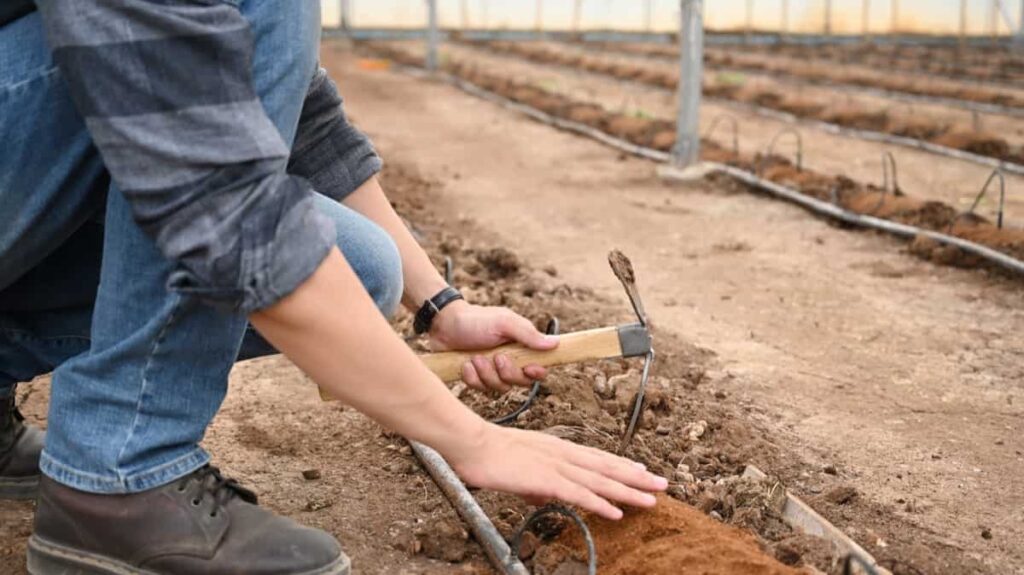
June is also the time to maintain your gardening tools and possibly construct new garden beds or structures like trellises. It’s about setting yourself up for success in the upcoming growing seasons.
July Vegetable Planting Guide for Melbourne: Indoor Gardening and Seed Starting Tips
Melbourne experiences its chilliest temperatures in July, making it challenging to cultivate many types of vegetables outside. However, that doesn’t mean you have to stop gardening entirely. This is the perfect month for indoor gardening and seed starting. Start herbs like basil and parsley indoors and vegetables like tomatoes and peppers. Keep seed trays in a warm, well-lit area to encourage germination. Make sure to keep the soil moist but not soggy. Indoor gardening in July provides a way to keep your green thumb active while giving you a head start on spring planting.
August Vegetable Planting Guide for Melbourne: Early Spring Crops and Soil Preparation
August in Melbourne is a transition into early spring and offers the promise of warmer weather ahead. It’s an exciting time to get back into the garden after the limitations of winter. Begin by enriching your soil with compost and organic materials to feed the plants you’ll plant soon. You can sow fast-growing crops like lettuce, radish, and spinach in late March for a speedy harvest. Herbs like chives and coriander can also be started now. August is also the time to consider soil health; test your soil pH and add nutrients as needed.
September Vegetable Planting Guide for Melbourne: Transitioning to the Main Growing Season
This month allows you to plant various spring vegetables and answer the common question, “What vegetables can you grow in Melbourne in September?” Consider carrots, beets, and leafy greens such as spinach and lettuce. Herbs like parsley and basil also flourish when planted in September. Preparing the soil with compost and ensuring adequate drainage are crucial steps before sowing. September is about taking full advantage of the favorable conditions to set the stage for a fruitful harvest in the coming months.
October Vegetable Planting Guide for Melbourne: Maximizing Your Spring Harvest
Consider planting crops like tomatoes, zucchini, and cucumbers, which grow well in October and yield a generous harvest. This is also the time to plant second rounds of fast-growing crops like radishes and lettuces, allowing for a continuous harvest. Don’t forget to mulch around your plants to retain soil moisture and to keep weeds at bay. Regular watering and fertilization are key this month as your plants grow actively.
November Vegetable Planting Guide for Melbourne: Summer Crop Selection and Care
For those pondering, “What vegetables can I grow now in Melbourne?” consider heat-tolerant vegetables like eggplants, capsicums, and chilies. These vegetables thrive in warm temperatures and are less demanding in care. Remember that the Australian summer can be quite harsh, so it’s essential to water your plants consistently and consider installing a shade cloth to protect them from extreme heat. This month is about choosing the right crops for the upcoming hot weather and providing them with the care they need to flourish.
December Vegetable Planting Guide for Melbourne: Maintaining Your Garden in the Heat
Watering your plants early or late afternoon is crucial to minimizing evaporation. Choose vegetables well-suited for hot climates, such as corn and okra. Continuous care is required to ensure the plants are not stressed due to heat or lack of water. Implement pest control measures, as summer is a time when many pests are active.
Consider using natural methods like neem oil or garlic spray to keep insects at bay. Despite the challenges that the heat brings, December is a rewarding month for gardeners, as many of the vegetables planted in spring and early summer start to ripen, making all the hard work worthwhile.
Tips and Tricks for Successful Vegetable Gardening in Melbourne’s Climate
Successful vegetable gardening in Melbourne’s varied climate hinges on timely planting and appropriate crop selection. Utilize mulch to retain soil moisture, especially during hot summers. Opt for raised beds or quality potting mix to improve drainage in the wetter months. Pay attention to sun and shade patterns in your garden, placing heat-loving plants like tomatoes in sunny spots and leafy greens in partial shade. Regularly check for pests and use eco-friendly treatments to manage them.
Summary Table for Vegetable Planting Chart for Melbourne: Month-wise Growing Calendar for Different Seasons
| Heading/Section | Key Vegetables to Plant | Important Tips |
| Introduction | N/A | Focus on month-wise planting |
| Importance of Month-wise Growing Calendar | N/A | Essential for optimizing harvest |
| Spring | ||
| Spring Vegetable Planting (September) | Radishes, Lettuce, Spinach | Ideal for quick-growing crops |
| Summer | ||
| Summer Vegetable Planting (January) | Corn, Zucchini, Tomatoes | Soil moisture is crucial |
| Summer Vegetable Planting (February) | Beets, Carrots, Spinach | Transitional month |
| Autumn | ||
| Autumn Vegetable Planting (March) | Kale, Turnips, Radishes | Ideal for a diverse range |
| Autumn Vegetable Planting (April) | Broccoli, Cauliflower | Focus on cooler weather crops |
| Winter | ||
| Winter Vegetable Planting (May) | Spinach, Chard, Kale | Use mulch and frost protection |
| Winter Vegetable Planting (June) | Garlic, Broad Beans | Planning and tool maintenance |
| Winter Vegetable Planting (July) | Indoor: Basil, Tomatoes | Indoor seed starting |
| Winter Vegetable Planting (August) | Lettuce, Radish, Spinach | Soil preparation |
| Back to Spring | ||
| Spring Vegetable Planting (September) | Carrots, Beets, Spinach | Soil warming up |
| Back to Summer | ||
| Summer Vegetable Planting (October) | Tomatoes, Zucchini, Cucumbers | Time for a second round of planting |
| Summer Vegetable Planting (November) | Eggplants, Capsicums, Chillies | Heat-tolerant crops |
| Summer Vegetable Planting (December) | Corn, Okra | Maintaining in heat |
| General Tips | ||
| Tips and Tricks | N/A | Mulching, Raised Beds, Sun/Shade |
| Conclusion | N/A | Utilize a month-wise calendar |
Conclusion
A month-wise growing calendar is an invaluable tool for any gardener in Melbourne.
- How to Raise Pigs in Your Own Backyard: A Comprehensive Guide
- Budget Friendly Sheep Shed Ideas: Cheap and Low-Cost Tips
- How Much Do Cattle Farmers Make: Revenue Streams in Cattle Farming
- Management Pests and Diseases in Your Cotton Field
- Sheep Farming Business Plan for Beginners
- Aquaponic Farming at Home: A Step-By-Step Guide
- Profitable Village Farming Business Ideas in 2024
- High-Yield Aquaculture: Fast-Growing Fish for Farming
- Effective Fish Pond Construction Techniques for Beginners
- Irrigation and Water Management in Pineapple Farming
- Blossom to Harvest: Mastering Flowering and Pollination in Papaya Farming
- Pig Fattening Essentials: From Selection to Sale for Beginners
- Raising Wagyu Cattle: A Complete Guide for Premium Beef Production
- Soil Types and Their Water Holding Capacity
- Optimizing Irrigation Schedules for Coconut Groves for Enhanced Yield
- Espresso Your Garden: Coffee Grounds for Healthier Acid-Loving Plants
- The Best Soil Mix for Snake Plants: How to Mix Your Own Snake Plant Soil
- Green Thumb Success: Expert Tips for Cultivating Greenhouse Beans All Year Round
- Bloom All Year Round: The Ultimate Guide to Indoor Hyacinth Care
- Eco-Friendly Gardening: How to Make Liquid Fertilizer from Kitchen Waste
- Ultimate Guide to Grow Anise in Pots: Explore Seed Propagation to Harvesting
- Guide to Raising Chester White Pigs: Discover Breed Facts to Growth Management
- Mastering the Elegance: The Ultimate Guide to Weeping Cherry Tree Care, Planting, and Maintenance
- Ultimate Guide to Planting Garlic in Grow Bags: Growing Strategies for Beginners
- How to Fix Spider Plant Leaf-Related Problems: Natural and Organic Remedies
- 10 Reasons Why Your Tulsi Plant is Shedding Leaves: Home Remedies and Solutions
- Optimizing Growth and Yield: The Advantages of Palm Bunch Ash Fertilizer
- Utilizing Neem Oil Extract as a Natural Pesticide for Hydrangea
- From Soil to Harvest: Various Ways in Which Farmers Can Use AI Tools
- Steps to Encourage and Induce Citrus Flowers: A Comprehensive Guide
- How to Fix Snake Plant Leaf-Related Issues: Natural and Organic Remedies
- Transform Your Garden into a Fragrant Oasis with Raat Ki Rani (Night Blooming Jasmine)
- Discover the Ideal Chicken Breeds for Philippine Farms
- How to Create a Poultry Egg Farm Business Plan for Profits
- Grow Lemon Cucumbers Like a Pro: Insider Techniques for Bountiful Yields
- Ultimate Guide to Caring for Your Pink Princess Philodendron: Tips for Thriving Variegation
